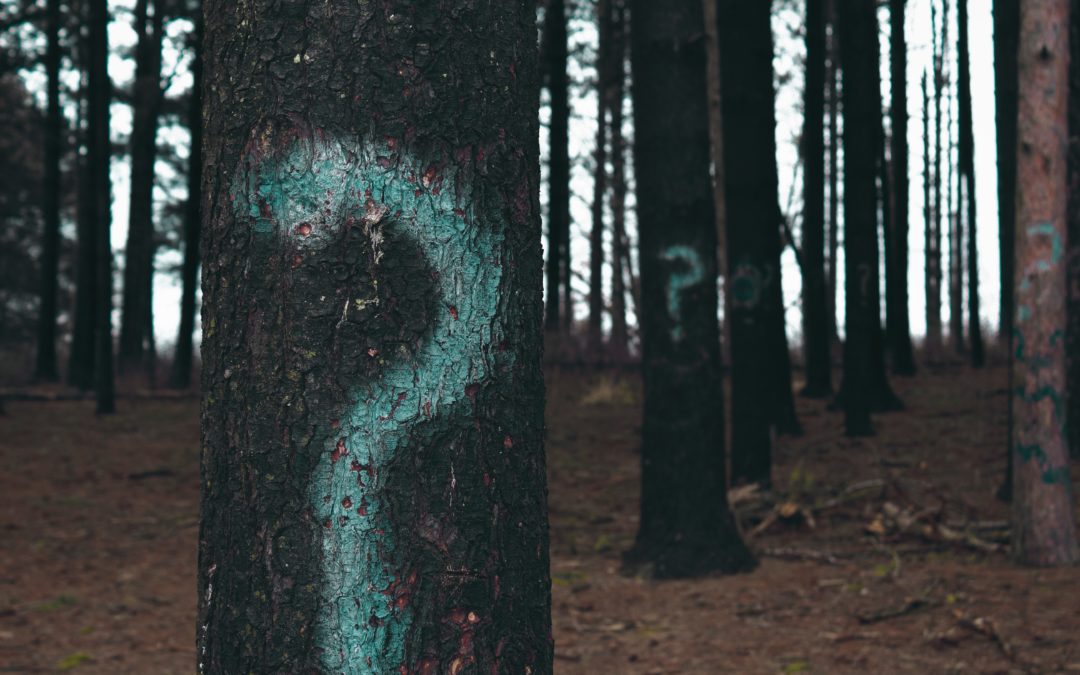
by Sandra Gulland | Apr 1, 2018 | Mistress of the Sun, Questions Readers Ask, The Game of Hope, The Shadow Queen, The Writing Process |
Readers often ask, “What’s next?” The answer to that question depends on when the question is asked, of course. What follows is an evolving diary, begun many, many years ago.
A reader wrote some time ago:
Are you going to write more stories about the court of the Sun King?
Yes!
You did such a great job with the historical details and as I have studied Louis XIV and his court— there are plenty of interesting stories to tell (including the adventures of the Princess Palatine, even La Grande Mademoiselle and Lauzun, a couple that united even after a prison term and old age only to break up over greed).
Indeed! By the way, I love La Grande Mademoiselle, but have yet figured out how to tell her story.
You could even do a trilogy of Louis XIV’s Mistresses— you’ve done La Vallière, next could be Montespan, then Maintenon (the king’s mistress, then second wife).
I believe she’s onto me.
Or a novel on Princess Henrietta as she has a tragic back story with her father being killed, her brothers Charles and James, and she had several romances during her marriage to her cousin Monsieur that are interesting reading, including one lover who was her husband’s boyfriend who falls for Henrietta and became a master of disguise to see her at any cost (De Guiche–who visited her as a fortune teller, a litter bearer and in a domino so he could romance her in Philippe’s presence at a masked ball).
What wonderful suggestions these are. Henriette would indeed be a fantastic subject.
I especially love the De Guiche stories, and in fact wrote many scenes of him hiding in the fireplace and disguised as a fortune-teller, etc., but these scenes, like many, many others, now reside in my cut file.
What I wrote in answer to this letter above:
I am considering writing a novel about Athénaïs (Montespan), but it might focus on her first engagement more than her relationship to the king. I’m not sure. It could also be a story told from the point-of-view of Des Oeillets, her maid who was the go-between between Athénaïs and Voisin, the convicted poisoner.
As this reader points out, there are a wealth of wonderful stories to be told. The hard part is choosing. It took me eight years to write Mistress of the Sun because I kept changing perspectives. I even included the unforgettable Mademoiselle at one point.
I did, in fact, eventually choose to tell the story of The Shadow Queen from the point of view of Des Oeillets (Claudette).
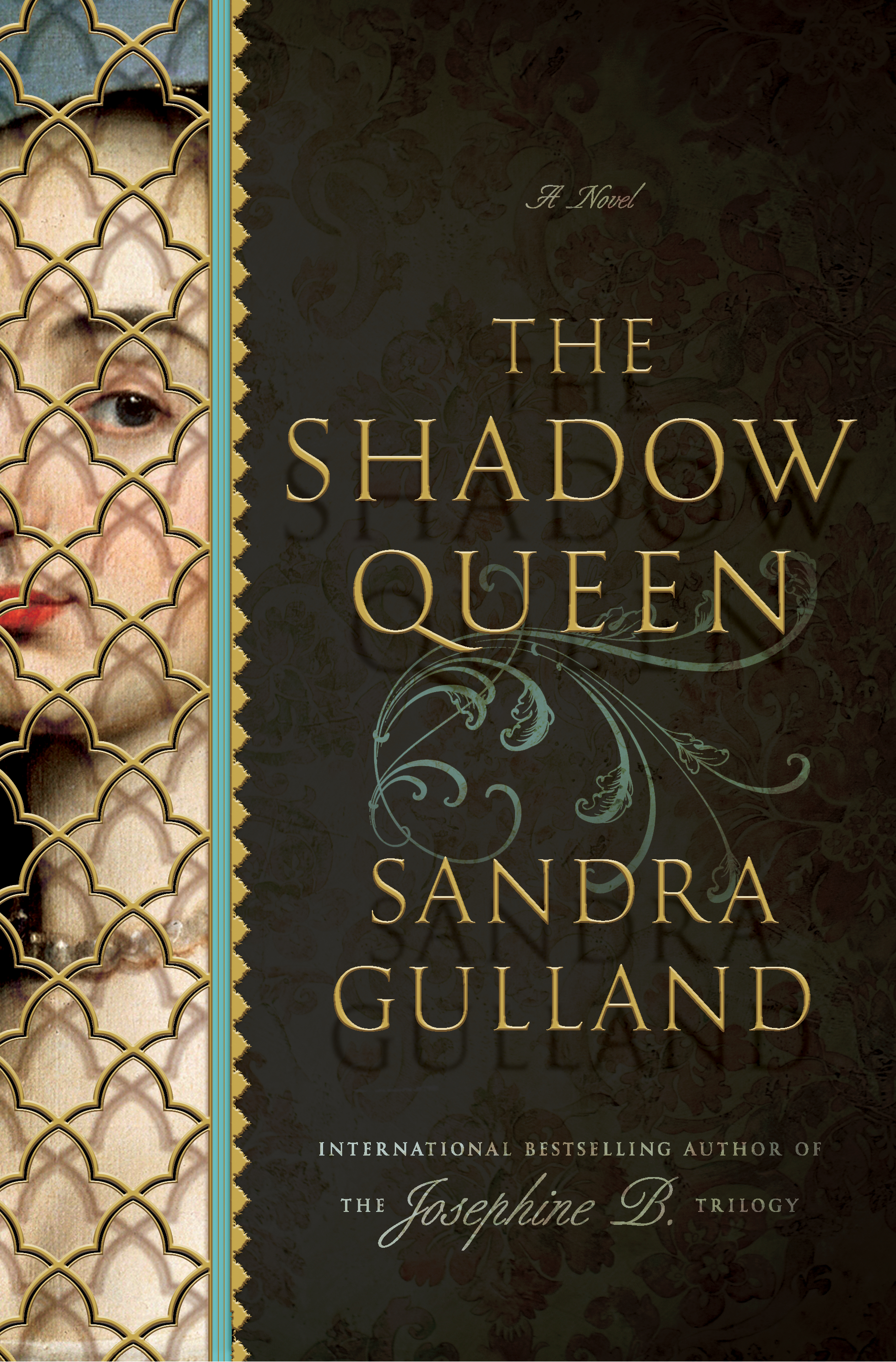
But to answer, “What’s next?” I am writing a Young Adult novel based on the teen years of Josephine’s daughter Hortense. I am back in the Napoleonic world!
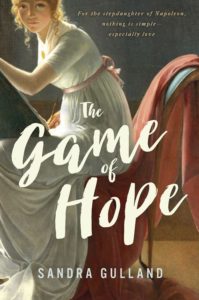
It’s Easter 2018, and Hortense’s story, The Game of Hope, will soon be published in Canada, two months later in the U.S.
As for what’s next? I’m writing — or, at least I think I’m writing — a novel about a teen, a girl falconer in Elizabethan England.
That story about Mademoiselle at the Court of the Sun King continues to haunt me, however. Might that be next next?
{Photo at top is by Evan Dennis on Unsplash.}SaveSave
SaveSave
SaveSave
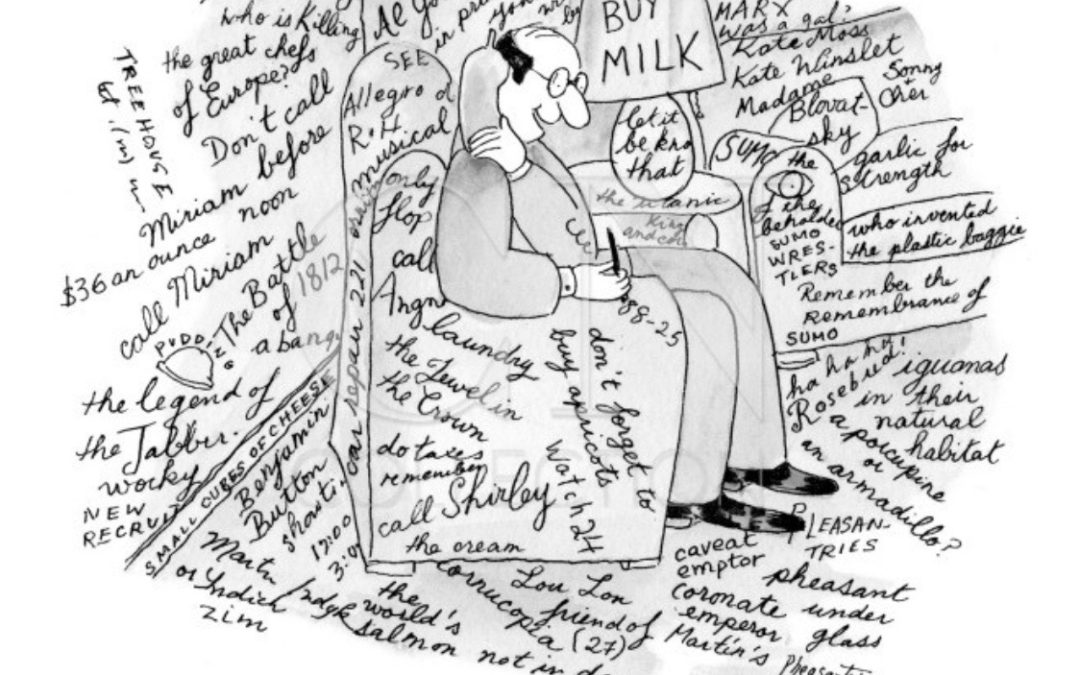
by Sandra Gulland | Jan 29, 2017 | Adventures of a Writing Life, Publication, Resources for Writers, The Writing Process |
Figuring out a novel’s “elevator pitch” — the summation of a story in a sentence or two — is invariably difficult for novelists, at least it is for me. My mind does not lend itself to reductions. I’m more of the expanding type. (Not an asset.) These 4 formulas — which I’ve gathered from hither and yon in decades of reading books on writing — are helpful in getting at the core of that unwieldy beast: a novel.
The 1-sentence formula
When _____ [OPENING CONFLICT]
happens to _____ [CHARACTER],
he/she has to _____ [OVERCOME CONFLICT]
in order to _____ [COMPLETE QUEST].
As applied to my next novel, The Game of Hope, I came up with:
Haunted by dreams of her dead father, a 15-year-old girl goes on a quest to find out if she was the cause of his death.
This is a tidy summary, but as with most one-sentence summaries, this doesn’t actually fit what actually happens in the novel.
The 3-sentence formula
_____ is about _____, who wants to _____.
The only problem is that _____.
As a result, he/she _____.
Yet, ultimately, he/she succeeds because _____.
One problem with this summary is that it gives too much away.
The 3-part book formula
1. The genre (i.e. “mystery novel”);
2. Parameters: what happens and what the reader getting into (“Seattle”, “a detective” “a dead boyfriend”);
3. Something left to the imagination (a dead body, a framed main character).
The Game of Hope is historical fiction for Young Adults. It’s about Josephine Bonaparte’s daughter Hortense, who hates her stepfather Napoleon and idolizes her dead father … until she finds out some unpleasant truths.
This is better, perhaps. It’s important to leave something unsaid, to tempt the reader.
The 5-part story formula
1. Character
2. Situation (What trouble that forces the character to act?)
3. Objective (The character’s goal.)
4. Opponent
5. Disaster (The awful thing that could happen.)
Make each of these elements specific.
Put them together to form two sentences.
Sentence 1: A statement that establishes character, situation, and objective.
Sentence 2: A statement—or question—that pinpoints the opponent and potential disaster.
Haunted by nightmares of her dead father, 15-year-old Hortense goes on a quest to find out if the father she idolizes is trying to tell her something. Was it her fault that he was executed? What she finds out is not at all what she expected, and more of this world than the next.
I think this is a better summary — but I don’t think I’ve nailed down the 5 elements yet.
And more …
I recently read Gotta Read It!: Five Simple Steps to a Fiction Pitch that Sells by Libbie Hawker (a book I recommend). She writes:
To construct a skeleton for your pitch, answer the following five questions as simply and blandly as you can: Who is your main character? What does she want? What stands in her way? What will she do, or what must she do, to achieve her goal? What is at stake if she fails?
Hawker’s book is about how to write a longer summation of your novel — one that might be used to send to a prospective agent, or be put on the jacket of your novel, on Amazon or in the publisher’s catalogue, for example. One begins with this short summary, the distillation of the novel, and then fleshes out “the skeleton” to represent the tone and subject of the novel truly.
The Game of Hope is soon to go into production, so it’s time for me to begin thinking how to frame the story, pitch it to readers. It’s never easy, but these guidelines help.
SaveSave
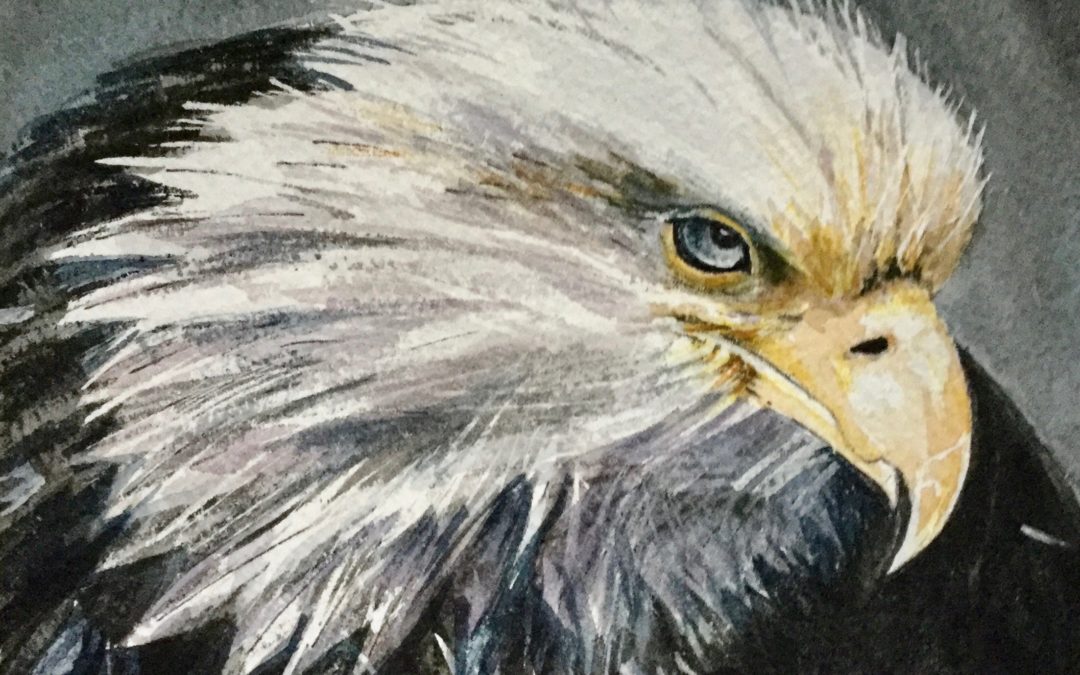
by Sandra Gulland | Jan 23, 2017 | Adventures of a Writing Life, Resources for Writers, The Writing Process |
The day before the Woman’s March
Election Day. The Man Who Shall Not Be Named was sworn in as President of the most powerful nation on Earth. Some were cheering. The majority were in depression.
Above is a watercolour I finished that day, titled, simply, “January 20, 2017.” I see the American eagle as somewhat worn, world-weary, and just a little disgusted.
The morning before the Women’s March
The morning of the Woman’s March, a friend on Facebook asked why women were marching. Perhaps, she suggested,
”… they would be better served by watching what ensues and then, if dissatisfied, work on finding a candidate who can better represent their goals.”
Here was part of my answer:
I doubt that anything will be accomplished, at least in the short-term, although it may get dialogue going and help the silent supporters know that there are others out there who feel as they do. That, in turn, may encourage them to speak out, write letters, campaign, run for office, etc.
Politicians understand that for every letter of protest there are a certain number who agree, but didn’t write. I imagine that the same calculation applies to a march. A massive turn-out should make an impression.
Seeing that there are so many coming out in visible support of women’s issues may, for one thing, encourage women to run for office, and for those in office to reconsider their agenda.
The more practical actions are preferable, I agree, but it isn’t a do this OR do that situation. Many do “all of the above.”
The March itself
The Woman’s March was a beautiful experience here in San Miguel de Allende, Mexico. Hundreds (500? 700?) showed up, both men and women.

Gathering for the Women’s March in San Miguel de Allende, Mexico
Before I headed out to join friends there, I’d seen the news of massive turn-outs. By the time I returned home, the astonishing numbers were coming in.

The Woman’s March in New York City.
By the end of the day, it was said by credible sources that three million protested in the US alone! Even conservative small towns had significant numbers in their Marches. The Man Who Shall Not Be Named tweeted “Why didn’t they vote?” Perhaps he simply forgot that three million more people voted for The Woman Who Will Not Be Forgotten than voted for him.
Lo siento. I sound bitter. In fact, I am still a little blissed-out having been part of the largest demonstration in history. Click this New York Times coverage to get a sense of the crowds.
The morning after the Woman’s March
So, what was accomplished? I believe that in fact the Woman’s March of 2017 may have accomplished a great deal. Politicians who care about the public will have noted the turnout, and (hopefully) will give some thought to how they might vote on women’s issues. Opposition to The Man Who Shall Not Be Named was unified, energized by the experience. Some who had never made their views public before will now become active.
I leave you with two Tweets:
And this one:
In closing, a word about writing and books :-)
Lest you fear that this blog has been hijacked by political concerns, I should note that I am reading Do Not Say We Have Nothing by Madeline Thien — a well-lauded novel on the Chinese Revolution by a Canadian author. (So yes — sigh — politics.)
Also, I sent the last draft of my YA novel to my editor. It’s with teen beta readers and consultants now.
And so: a rest? Not exactly! We’re moving into our new house in San Miguel de Allende a week today.
SaveSave

by Sandra Gulland | Jan 14, 2017 | Adventures of a Writing Life, Resources for Writers, The Shadow Queen, The Writing Process |
{Lovely San Miguel de Allende, where I am right now. A photo by Leah Feldon, it is similar to the view from my writing room.}
Yesterday was a big day for me: I woke at 4:00am, and shortly before 8:00am I emailed my manuscript to my editor and agent. It was Friday 13. I am not superstitious, but that did give me pause.
Some writers are able to write a perfectly good novel in two or three drafts. I am not one of those writers! It takes me years (and years) to uncover the complexities, the depths and the “fall line” of a story. My revision process is extremely slow, in spite of all the techniques I use (i.e. plotting) to try to speed it up. I do hope I’m getting closer.
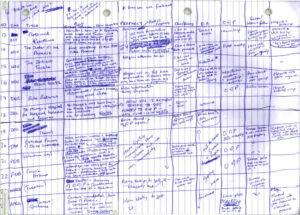
J.K. Rowling’s plot guideline. No doubt it helped!
Moonsick (working title) is my novel for Young Adults, a story based on the teen years of Josephine Bonaparte’s daughter Hortense. Is the novel too giddy? Too dark? I’m frankly not sure. This is why beta readers — teen beta readers — will be important to my final revision process.
Teen beta readers wanted
Later that same day I sent out a newsletter that included a call for teen beta readers. I now have three readers, and (I hope) more to come. I’d also like to find a book club that reads YA fiction — not exclusively, but often enough that they are comfortable with the genre. It occurs to me that a high school English class might be interested in reading it (although it really is a novel for girls). Let me know if you have a teen reader or a book club or class to suggest.
Going back to where it all began
Looking for reader guidelines I’ve used in the past, I discovered a blog post I wrote in February of 2012 — five years ago! — announcing that I would be writing a YA novel about Hortense.
Hortense as a teen — the subject of my next-next novel (Surprise!)
(Note that This Bright Darkness, mentioned in the post, was the working title of The Shadow Queen, which was published two years later, in the spring of 2014.)

Lovely Hortense as a teen. Energetic, creative, talented — a bright spark.
SaveSave
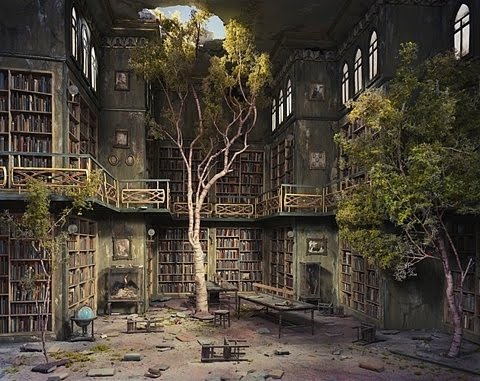
by Sandra Gulland | Dec 26, 2016 | Adventures of a Writing Life, Resources for Readers, Resources for Writers, The Writing Process |
Where have I been?
I’ve been MIA here … why? Partly it had to do with a big change to my website, which threw me off. I couldn’t quite figure out how to navigate it, and various visuals I used before were suddenly missing. I was, as they say “all 6s and 7s” (an expression I love).
Also, I’ve been struggling to finish Moonsick, the working title of the Young Adult historical novel I’ve been writing. For years. The final stages are always the most intense.
Why is it always like this for me? Even now, in the 8th draft, I sometimes feel I’m just scratching the surface of this story.
The return to Real Life
But enough of my whining! It’s Boxing Day, our lovely Christmas holiday is behind us. I’ve played with my new toys, and now it’s time to begin to get back on track. Real Life.
My plan, now, is to go through the manuscript, copy out all the scenes that pertain to Napoleon and paste them into another file. Napoleon’s relationship with his stepdaughter Hortense is key to this novel, and I need to make sure that there is a clear arc. It’s a time-consuming approach, but I used it analyzing the arc of Hortense’s relationship with her music teacher (another important thread), and I was glad I did.
And so, onto Napoleon …
From the good book department
I recently read, and loved:
Commonwealth, by Ann Patchett
Tell Me Three Things, by Julie Buxbaum
The Girls, by Emma Cline
Each of these novels kept me up reading too late into the night. Highly recommended.
Who knows? I might even post again before the New Year, but if I don’t, have a Happy New Year!

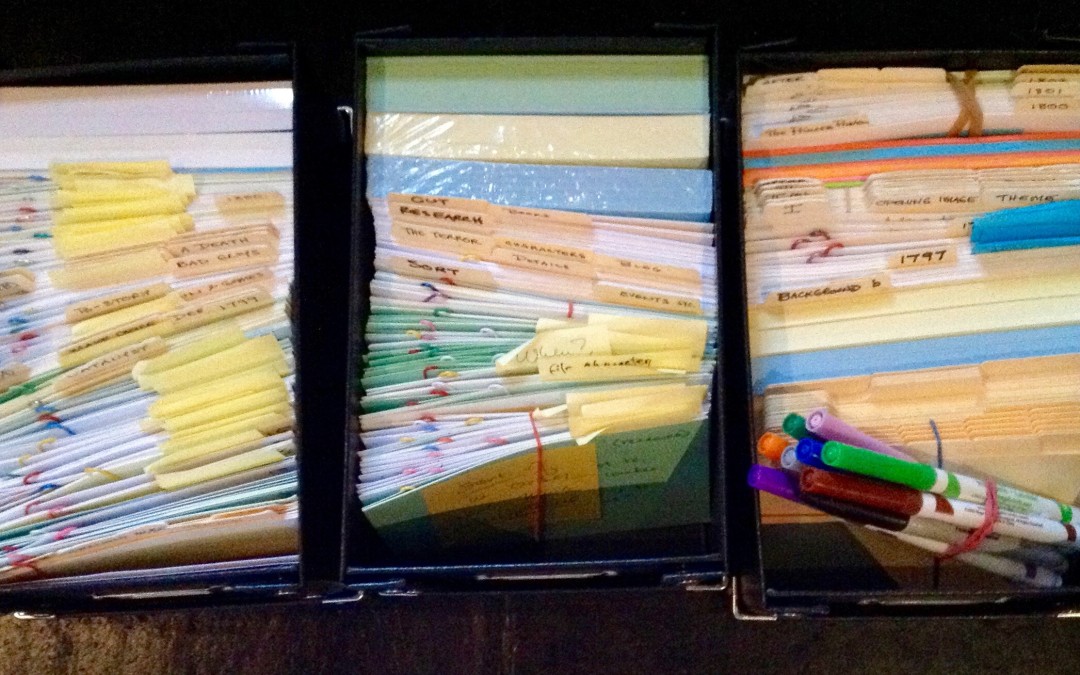
by Sandra Gulland | Jan 4, 2016 | Adventures of a Writing Life, On Plot, The Game of Hope, The Writing Process |
I’ve been flailing, I confess: in Excel plot worksheets, in piles of plot index cards, in Word files summarizing my plot (or trying to), in books on plot, in on-line courses and YouTube videos on plot!

I saw all this as a sign of a project in trouble. I simply couldn’t figure it out! It occurred to me that I was “finished” — but not in a good way.

So last night I was reassured reading A Technique for Producing Ideas by James Webb Young. It turns out that my piles—and piles—of index cards are not a mistake.
I turns out that my Lost-in-the-Very-Deep-Dark-Woods state of mind is simply Stage Two of the Creative Process.
A Technique for Producing Ideas is a slender little book, a classic for marketers … but the wisdom in it applies to any creative endeavour.
For example:
The first [step in producing ideas] is … to gather raw material.
So: all my frenetic searching was not a waste of time? So: my impulse to know everything possible about my subject is not procrastination?
… it you have any sizable job of specific material gathering to do it is useful to learn the card-index method of doing it.
Ah ha!
You take one fact [on an index card], turn it this way and that, look at it in different lights, and feel for the meaning of it. … You bring two facts together and see how they fit … like a jig-saw puzzle.
I especially his description of the “searching” stage of the creative process:
… it is almost like listening for the meaning instead of looking for it.
And, he adds:
When creative people are in this stage of the process they get their reputation for absentmindedness.
So very true.
First, little tentative or partial ideas will come to you. Put these down on paper. Never mind how crazy or incomplete they seem: get them down. These are foreshadowings of the real idea that is to come, and expressing these in words forwards the process. Here again the little 3 × 5 cards are useful.
The second thing that will happen is that, by and by, you will get very tired of trying to fit your puzzle together.
Tell me about it!
Let me beg of you not to get tired too soon. The mind, too, has a second wind. … Keep trying to get one or more partial thoughts onto your little cards.
after a while you will reach the hopeless stage.
Can he read my mind?
Everything is a jumble in your mind, with no clear insight anywhere.
He can!
When you reach this point, … then the second stage … is completed, and you are ready for the third one.
So: Stage One is information gathering (check), and Stage Two is hopelessness (check). What could possibly be next?
In this third stage … you drop the whole subject and put the problem out of your mind as completely as you can. … Listen to music, go to the theater or movies, read poetry or a detective story.
Binge watch Making a Murderer? Going to the beach? All this is not procrastination, avoidance? So all this is Stage Three?
Indeed it is. So what’s Stage Four?
In the first stage you have gathered your food. In the second you have masticated it well. Now the digestive process is on. Let it alone. … if you have really done your part in these three stages of the process you will almost surely experience the fourth.
Which will be?
Out of nowhere the Idea will appear.
Perhaps not surprisingly, reading this slender little tomb, I began to get a rush of ideas … which I quickly scribbled onto index cards.
This is the way ideas come: after you have stopped straining for them and have passed through a period of rest and relaxation from the search.
There is, of course, a final step—Stage Five—and that’s taking “your little newborn idea out into the world of reality.” (I.e.: trying to work it into the complex fabric of the manuscript.)
Do not make the mistake of holding your idea close to your chest at this stage. Submit it to the criticism of the judicious. When you do, a surprising thing will happen. You will find that a good idea has, as it were, self-expanding qualities. … Thus possibilities in it which you have overlooked will come to light.
And so, feeling inspired, ideas popping, I look forward to our two weeks at the beach as Stage Four.
Happy New Year!

















